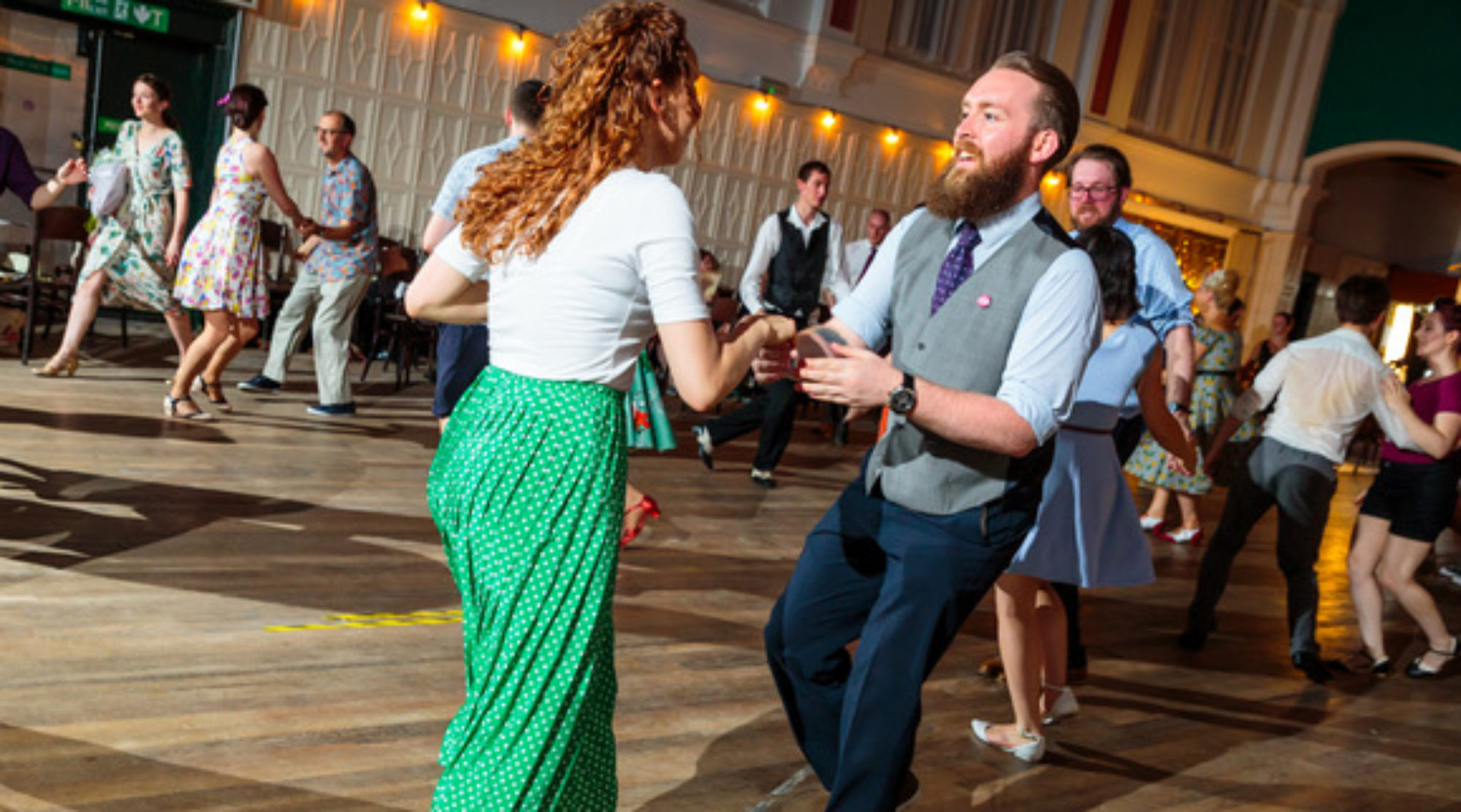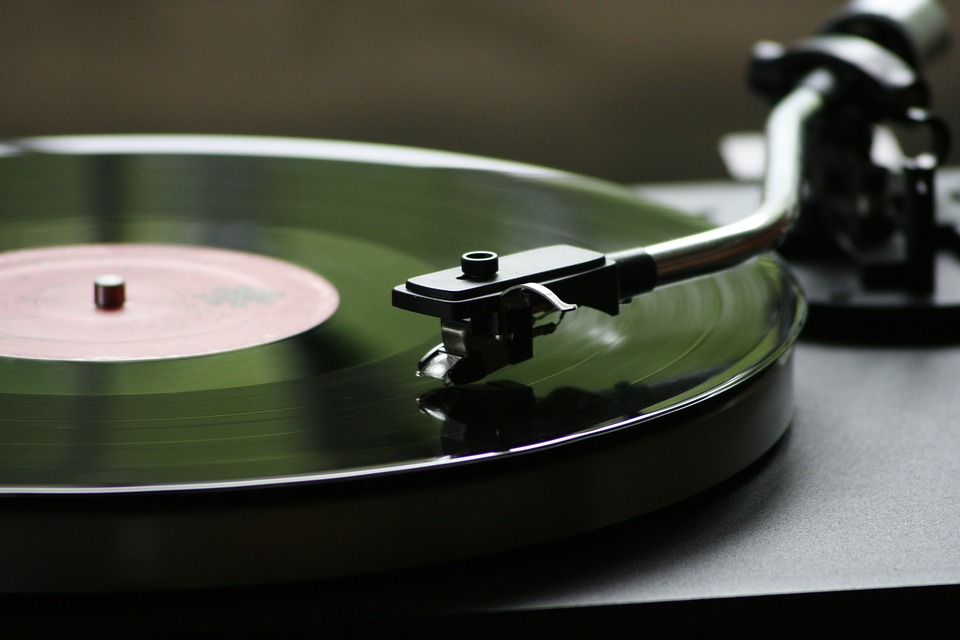|
The other week DJ ColoNel Swing AKA Martyn Nelson hosted a DJ workshop at Cherry Reds. Here’s what you missed! First things first… Tools of the trade! DJ HardwareHardware wise, assuming you don’t have to provide the speakers to the event, your laptop will do. Also it’s useful to get a 3.5mm jack (red + white one) & phono cable that can go into any mixing desk/Dj mixer or speakers. Now for the Software…A pretty standard way is to just get a playlist together and use itunes queing function. It’s not the most convenient things to use as a DJ though, so here’s some DJ software that we found you could potentially download: · Megaseg · Traktor… · DJay Pro for iTunes · Mixxx.org 2.O – links only to itunes MusicIf you’re like me, you’ve been loving and dancing to songs for years that you don’t even know the name of, so now you’re going to have to go out your way to do some song-searching. Spotify playlists is a great way to find out about new music – just search for Swing Dance music and have a listen! You can also download tunes when there’s no Wifi. Recommended: – Swing at the Bothy – Swing music for dancers Google Play is another way to find new music, as is the old fashioned way, buying CDs & boxsets. StructureSo you’ve got all your kit set up, the DJ software is running, you’ve got hours and hours of hoppin’ music to dip into. The dancers have arrived…time to get this party started! Are you ready? Here’s some notes on how to PACE yourself (and the dancers) throughout the night. First off, know your audience. Are they Beginners? Advanced? Balboa dancers? Is this the first night the Weekend long Swing Exchange, or the last few hours of a Sunday Tea Dance? This sort of thing will determine the speed of the music that the dancers can actually dance to. If you’re unsure, always ask the organisers what they want. I’m going to talk about the BPM here – beats per minute.Here’s a rough guide on the BPM suitable for different levels. · For beginners: a BPM from 1.10 minimum to moderate 1.70 is probably your maximum. · A nice sweet spot lies somewhere between 1.30 – 1.60 bpm · If you’re going to crank it up for faster Lindy hop…1.60 – 2.10 bpm · Advanced dancers can go to 2.50 if they really go for it. · Balboa can go from 1.70 – 2.00 right up to 3.00 bpm Examples of what some of these sound like: · Sister Kate – Gentleman and Gangsters (plenty of stops, 1.12) · Shake rattle and roll – Charlie Barnett (1.30) · Sweet Sue, Just You – Artie Shaw(1.60) · Flying Home No.2 – Lionel Hampton (1.60) · Til Tom special – Benny Goodman’s Sextet (1.80) So, when to play what?That’s really up to you, and the feeling of the room you’re in. It might be a good idea to go fast and slow in waves, building up to a fast song before slowing it down again. Maybe 2 fast, 1 medium, 1 slow, 2 fast again to keep the energy high. But really, ultimately it comes down to the DJ. There won’t be a formula for the best DJing because it depends on the dancers, the event, the time, the organisers…best thing to do is be prepared and have fun. Further EducationIf you’re interested in learning more about swing music:
Thank you for reading! Look out for DJ workshops and share with other DJs
|

Lindy Hop Swing Dance Classes, Music & Events in Birmingham
